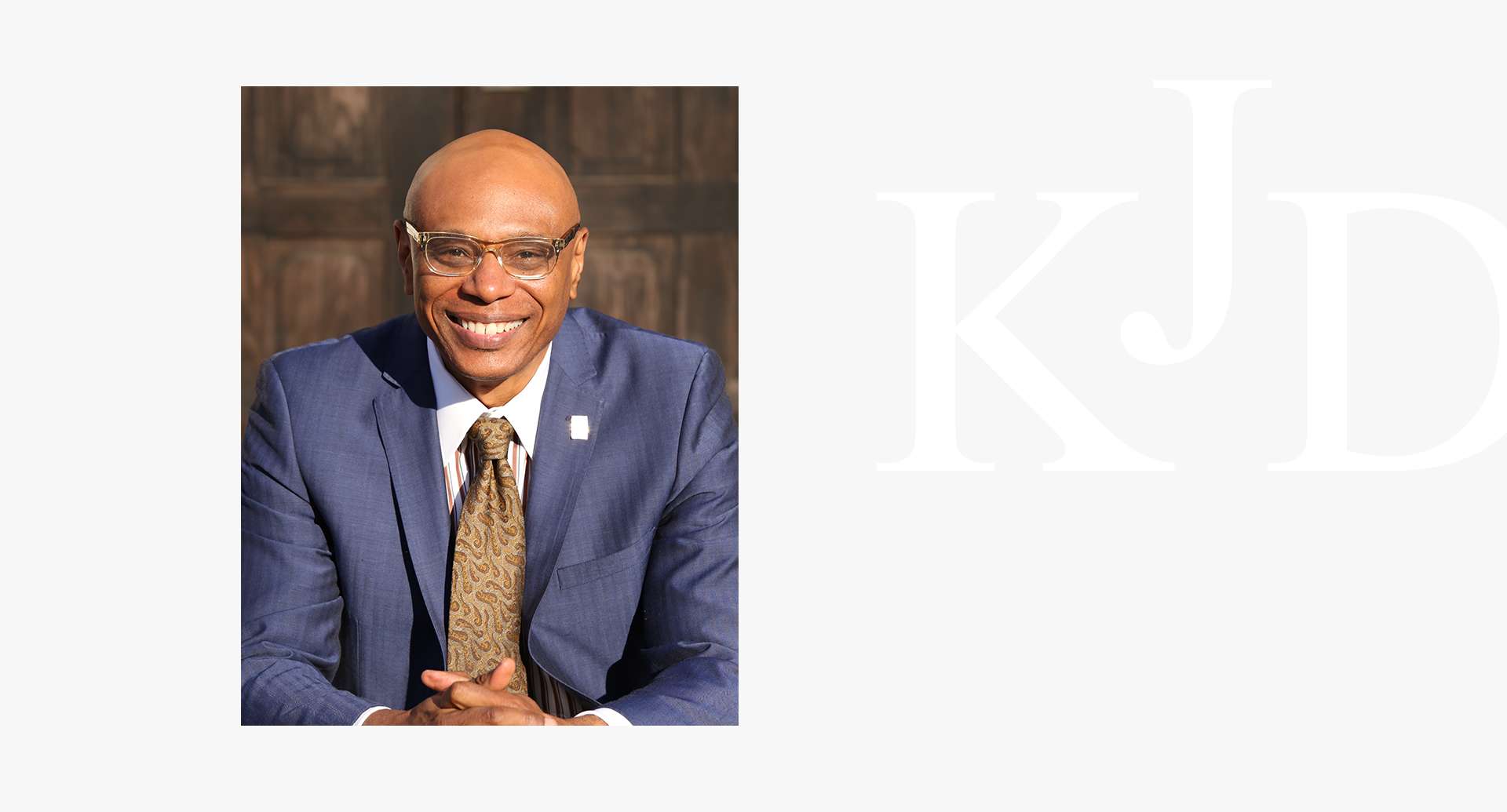Most financial experts advise that you set aside what they call an emergency fund or a rainy day fund for when times get tough. They suggest that you save up as much as six months’ worth of expenses in case you lose your job or are otherwise unable to bring in any money. Six months is a lot though, and many people look at that number and just don’t even know where to start. Well, we’re here to point you in the right direction.
Creating an Emergency Fund
The first step is actually to decide whether you should be working on saving up an emergency fund at all, or if there are other more pressing matters that need to be dealt with. Namely, if you have a lot of debt, it may make more sense to pay that off before starting a savings.
There really is no benefit to saving money and getting 1 percent interest on it, if you have debt that’s accruing 10 percent interest at the same time. You may be better off filing for Chapter 7 bankruptcy prior to starting an emergency fund, because as long as you are paying down debt, which is a long time for many people, you won’t be able to effectively build any savings.
How Much Should I Save?
Start small. Nobody expects you to start setting aside half of your paycheck. A good rule is to save enough so that you have a month’s expenses saved by the end of the year. It’s best to make this automatic, so that it feels like you’re not even missing the money. You may be able to set up an automatic deposit, for example, that comes out of your paycheck.
The next step is to determine exactly how much you are going to need. If you have a concrete goal, it makes things seem a little more achievable. Find out just how much you spend in a month, then make a decision about how many months you want as a cushion.
Most will advise that you shoot for the six month “sweet spot,” which typically offers an appropriate amount of time to get back on your feet. However, not everyone’s circumstances are the same, and your own situation may call for more or less money.
For example, if you have parents or in-laws who have been helpful in the past and may provide more help if you find yourself in a bind, a three-month savings may work. If you are self-employed or don’t have a regular income, you very well could need a larger savings.
Where Should I Put the Money?
The purpose of an emergency fund is to be able to access it easily in an emergency situation. Therefore, it’s better if you don’t put it in long-term accounts like CDs or stocks. Instead, put the money in a separate savings account.
After you’ve reached your initial savings goal, then you can start putting money into high interest accounts and riskier stocks.
Call or fill out an online form today for a free consultation, and find out how Washington D.C. bankruptcy attorney Kevin D. Judd can help you achieve financial freedom.



